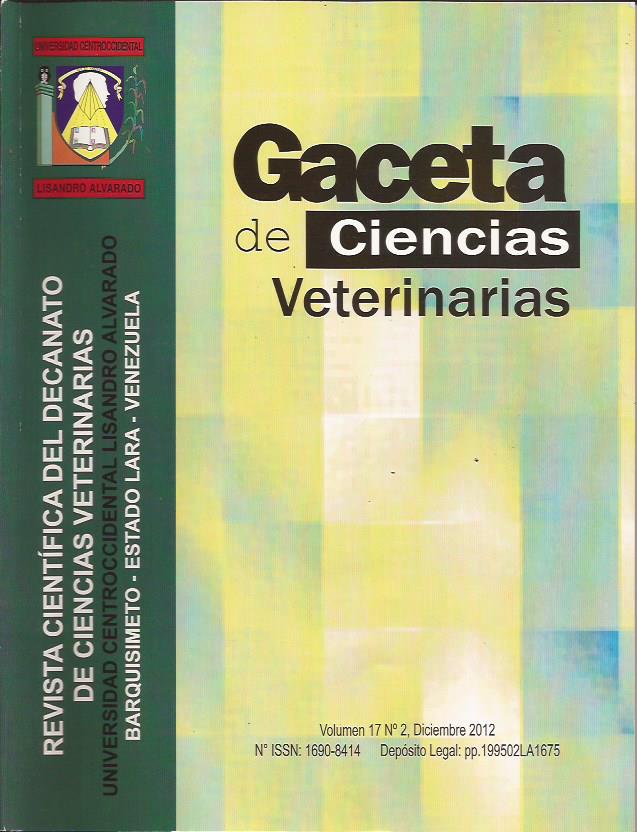Electrocardiographic characterization of cardiac functionality in healthy NMRI mice strain
Abstract
In the present study, we have characterized under anesthesia with sodium pentobarbital and ketamine, electrocardiographic parameters in 74 healthy male adult mice of the NMRI strain, in bipolar configuration, using needle-type electrodes positioned in the subcutaneous tissue, using DI, DII, DIII and AVF derivations. We obtained that, typical electrocardiographic morphology of a healthy NMRI mouse contains: a predominantly positive monophasic P wave, a QRS complex with a small Q wave, a positive R wave and a negative S wave; which continues with an upward wave with a positive deflection, followed by a descending wave, whose decay can be defined with two components: fast (t = 4 ms ) and slow (t = 67 ); the slow component can delineate a superior hemiconvexity or a concavity below the isoelectric line before reaching it. The upward wave after the S wave and the fast decay component would define the J wave; while the slow component together with the upper hemiconvexity or with the lower concavity the T wave. Conclusion: the presented results define the numerical and morphological electrocardiographic ranges of healthy NMRI mice that it would have a reference value to compare with other strains and diseased mice.
Keywords: ECG, electrocardiography, NMRI mice, J wave
Downloads
References
Doevendans PA, Daemen MJ, de Muinck ED, Smits JF. Cardiovascular phenotyping in mice. Cardiovasc Res. 1998; 39(1):34-49.
Huszar R. Arritmias, principios, interpretación y tratamiento. Tercera Edición. Madrid, España: Ediciones Harcourt; 2002. p:544
Agduhr F, Stenstrom N. The appearance of the electrocardiogram in heart lesions produced by cod liver oil treatment. Acta Paediatr. 1929; 8:493-510.
Richards AG, Simonson E, Visscher MB. Electrocardiogram and phonogram of adult and newborn mice in normal conditions and under the effect of cooling hypoxia and potassium. Am J Physiol. 1953; 174:293-298.
Goldbarg A, Hellerstein H, Bruell J, Daroczy A. Electrocardiogram of the normal mouse, Mus musculus: general considerations and genetic aspects. Cardiovasc Res. 1968; 2:93-99.
Alvarado-Tapias E, Miranda-Pacheco R, Rodríguez-Bonfante C, Velásquez G, Loyo J, Gil-Oviedo M., et al. Electrocardiography repolarization abnormalities are characteristic signs of acute chagasic cardiomyopathy. Invest Clin. 2012; 53(4):378-394.
Lugo de Yarbuh A, Araujo S, Colasante C, Alarcón M, Moreno E. Effects of Acute Chagas disease on mice central nervous system. Parasitol Latinoam. 2006; 61(1-2):3-11.
Manzanilla J, Rodríguez C, Alvarez C, Bonfante-Cabarcas R, Alvarez J, Rodríguez R., et al. Caracterización parasitológica, patogénica e inmunogenica de cepas salvajes de T.cruzi aisladas en los Estados Lara y Yaracuy- Venezuela. Bol Méd Postgrado. 2004; 20 (2):62-67.
Lugo de Yarbuh A, Cáceres K, Sulbarán D, Araujo S, Moreno E, Carrasco H., et al. Proliferación de Trypanosoma cruzi en la membrana peritoneal y líquido ascítico de ratones con infección aguda. Bol Mal Salud Amb. 2013; 53(2):146-156.
Deutschländer N, Vollerthun R, Hungerer KD. Histopathology of experimental Chagas disease in NMRI-mice. A long term study following paw infection. Tropenmed Parasitol 1978; 29(3):323-329.
Alarcón M, Goncalves L, Colasante C, Araujo S, Moreno E, Pérez-Aguilar M. La infección por Trypanosoma cruzi en ratones gestantes induce una respuesta inmune celular con producción de citocinas en sus fetos. Invest Clin 2011; 52(2): 150-161.
Contreras VT, De Lima AR, Zorrilla G. Trypanosoma cruzi: Maintenance in Culture Modify Gene and Antigenic Expression of Metacyclic Trypomastigotes. Mem Inst Oswaldo Cruz. 1998; 93(6):753-760.
Santeliz S, Caicedo P, Giraldo E, Alvarez C, Yustiz MD, Rodríguez-Bonfante C et al. Dipyridamolepotentiatedthetrypanocidaleffect of nifurtimox and improvedthecardiacfunction in NMRI micewithacutechagasic miocarditis, MemInst Oswaldo Cruz 2017; 112(9):596–608.
Boukens BJ, Rivaud MR, Rentschler S, Coronel R. Misinterpretation of the mouse ECG: musing the waves of Mus musculus. J Physiol. 2014; 592(21): 4613-4626.
Merentie M, Lipponen JA, Hedman M, Hedman A, Hartikainen J, Huusko J., et al. Mouse ECG findings in aging, with conduction system affecting drugs and in cardiac pathologies: Development and validation of ECG analysis algorithm in mice. Physiol Rep. 2015; 3(12): e12639. doi: 10.14814/phy2.12639. PMID: 26660552; PMCID: PMC4760442.
Wehrens XH, Kirchhoff S, Doevendans. Mouse electrocardiography: an interval Mof thirty years. Cardiovasc Res. 2000; 45(1):231-237.
Cardiology Teaching Packag [internet]. Nottingham: University of Nottingham; [citado 28 febrero 2017] http://www.nottingham.ac.uk/nursing/practice/resources/cardiology/function/s-wave.php
Nerbonne JM. Studying Cardiac Arrhythmias in the Mouse-A Reasonable Model for Probing Mechanisms?. Trends Cardiovasc Med. 2004; 14(3):83-93.
Agudelo CF & Schanilec P. The canine J wave. Vet Med. 2015; 60(4): 208-212.
Rituparna S, Suresh S, Chandrashekhar M, Purvez G, Sunil S, Durairaj M. et al. Occurrence of “J Waves” in 12-Lead ECG as a Marker of Acute Ischemia and Their Cellular Basis. PACE. 2007; 30:817-819.
Boukens BJ, Hoogendijk MG, Verkerk AO, Linnenbank A, van Dam P, Remme CA., et al. Early repolarization in mice causes overestimation of ventricular activation time by the QRS duration. Cardiovasc Res. 2013; 97(1):182-191.
Speerschneider T, Thomsen MB. Physiology and analysis of the electrocardiographic T wave in mice. Acta Physiol. 2013; 209:262–271.
Published
How to Cite
Issue
Section

This work is licensed under a Creative Commons Attribution-NonCommercial-ShareAlike 4.0 International License.
Gaceta de Ciencias Veterinarias se apega al modelo Open Access, por ello no se exige suscripción, registro o tarifa de acceso a los usuarios o instituciones. Los usuarios pueden leer, descargar, copiar, distribuir, imprimir y compartir los textos completos inmediatamente después de publicados, se exige no hacer uso comercial de las publicaciones. Para la reproducción parcial o total de los trabajos o contenidos publicados, se exige reconocer los derechos intelectuales de los autores y además, hacer referencia a esta revista. La publicación de artículos se hace sin cargo para los autores. Los trabajos pueden consultarse y descargarse libremente, y de manera gratuita, en extenso en versión digital, desde su enlace Web institucional. Los textos publicados son propiedad intelectual de sus autores. Las ideas, opiniones y conceptos expuestos en los trabajos publicados en la revista representan la opinión de sus autores, por lo tanto, son estos los responsables exclusivos de los mismos.



